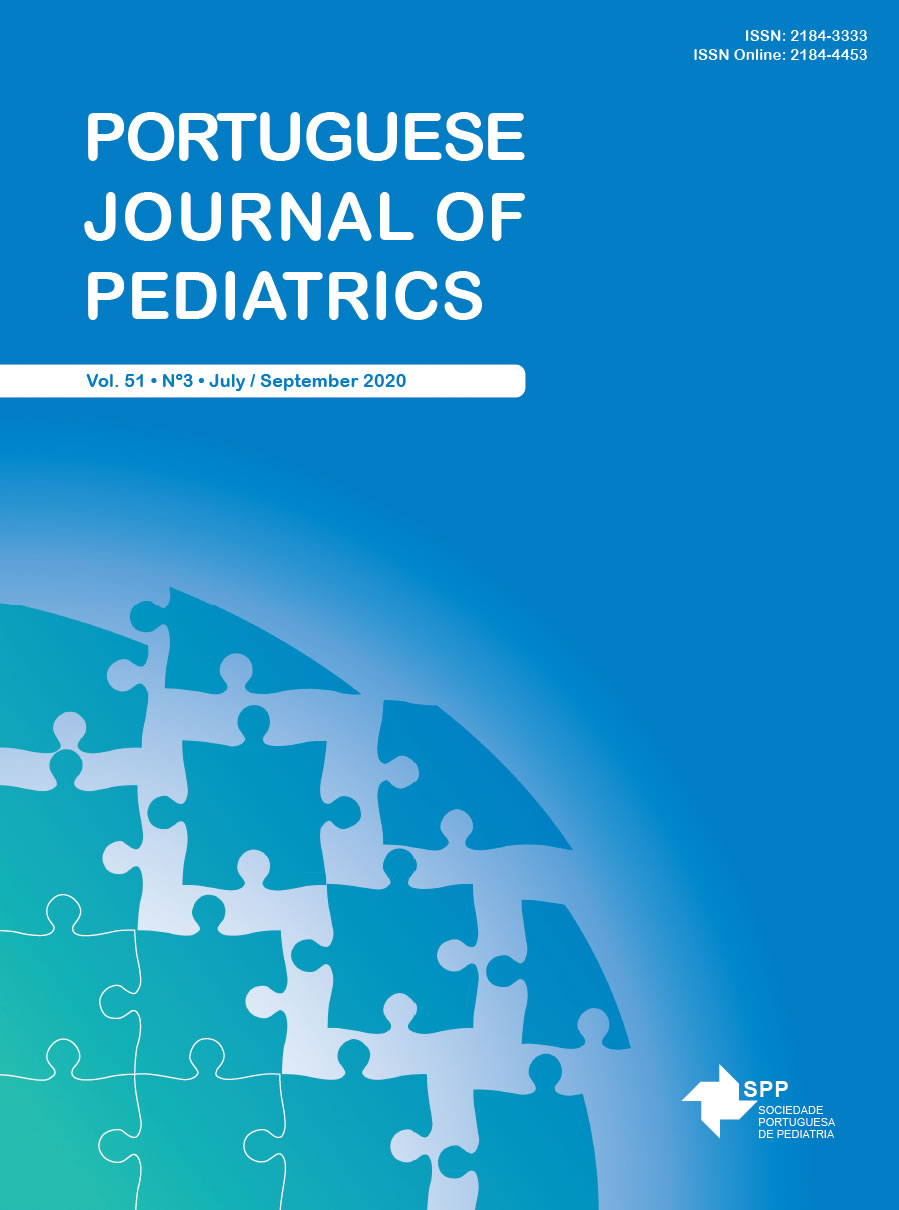Gonadal Dysgenesis and Malignancy: When Should Gonadectomy Be Performed?
Date of submission: 28-11-2019 | Date of acceptance: 28-01-2020 | Published: 01-07-2020
DOI:
https://doi.org/10.25754/pjp.2020.18969Abstract
Gonadal dysgenesis (GD) is a disorder of sexual development (DSD) characterized by defective or incomplete formation of the gonads (ovary or testis) due to either structural or numerical modifications of the sex chromosomes or due to mutations in the genes responsible for gonadal development.
Two cases of unrelated phenotypically female patients are presented, a complete GD and a partial GD. Both cases were diagnosed with premalignant lesions at a prepubertal age.
Even at very young ages there is a high tumor risk, which reiterates the importance of early diagnosis of suspected cases, in order to better characterize and guide this patients. To prevent the development of malignancy, a gonadectomy is recommended, as close as possible to the diagnosis.
Downloads
Downloads
Published
Issue
Section
License

This work is licensed under a Creative Commons Attribution-NonCommercial-NoDerivatives 4.0 International License.









